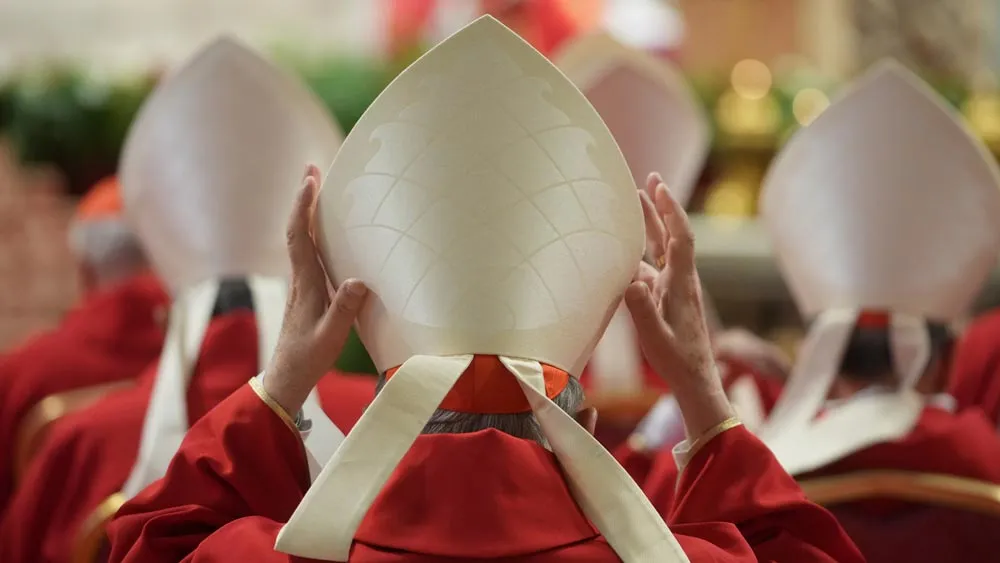October 2, 2013
Latino Americans
Karin McKie READ TIME: 2 MIN.
The Republican Party has demonstrated an urgent need to understand the largest minority group in the U.S., so PBS provides an excellent primer with "Latino Americans: The 500-Year Legacy That Shaped a Nation."
The series consists of a half dozen one-hour parts, all well narrated by Benjamin Bratt, spanning stories from the sixteenth century to the current national population of 50 million. Part 1 is "Foreigners in their Own Land," 2 explores "Empire of Dreams," 3 ponders "War and Peace," 4 reveals "The New Latinos," 5 delves into "Prejudice and Pride" and 6 concludes with "Peril and Promise."
Arizona Governor Jan Brewer and her hysterical anti-immigrant cronies seem to have forgotten that Spanish was the first European language spoken in the Americas. Part 1's archival footage, expert interviews and reenactments chronicle the progression of Mexican settlers, starting with the Franciscan, Jesuit and Dominican missions built along California's El Camino Real route from San Diego to Santa Cruz, San Francisco and beyond.
Eventually, the missions were secularized and divided into ranchos, concurrent with the manifest destiny of the Anglos ready for conquest. Areas perceived to be empty were annexed and were propagated with white liberty, democracy and Protestantism.
The Tejanos of Texas joined the Californios in resisting the many violent incursions into their territories, including the battle at the Alamo and the Bear Flag revolt near Sacramento, the first use of the now-ubiquitous ursine talisman of the state.
The Mexican-American War supported President James K. Polk's push to the Pacific, and while the indigenous people were considered subhuman nuisances, the West's natural resources drove the relentless expansion. Silver discovered in Nevada, copper in Arizona, and the 1848 gold rush increased speculators who discriminated against the Spanish-speaking denizens, often called "greasers." Photos of lynchings and racial violence became popular postcards.
The arrival of trains in 1878 brought more land squatters and treaty trampers. (New Mexico was less overrun due to its abundance of deserts.) White settlers stole and fenced off native grazing areas, and the Mexicans noted, "with barbed wire comes hunger." A group of protesters, Las Gorras Blancas ("The White Caps"), fought against the illegal marginalization with secret raids because they felt "fugitive in their own land."
Notable Latino Americans are featured in subsequent episodes including Puerto Rican Rita Moreno, known for her memorable role in "West Side Story," as well as for her Academy, Tony, Grammy and Emmy Award wins; agricultural activist C�sar Ch�vez; Cuban singer Gloria Estefan, who has sold more than 100 million records; and Supreme Court Justice Sonia Sotomayor.
More than 1 in 4 people aged 18-64 will be Latino by the year 2039. Let's bone up on our shared history so we don't have to repeat it. Si Se Puede!
"Latino Americans"
DVD Set
$34.99
http://www.pbs.org/latino-americans/en/
Karin McKie is a writer, educator and activist at KarinMcKie.com



